Australia is home to an extraordinary number of endemic animal species—unique creatures that exist nowhere else on Earth. From koalas and platypuses to kangaroos and some of the world’s most venomous snakes, the Australian wild hosts an iconic array of biodiversity. Unfortunately, many of these species face a high risk of extinction. In this article, we’ll explore 19 endangered animals in Australia as recognized by the International Union for Conservation of Nature (IUCN), along with the major threats they face and ways we can help protect them.
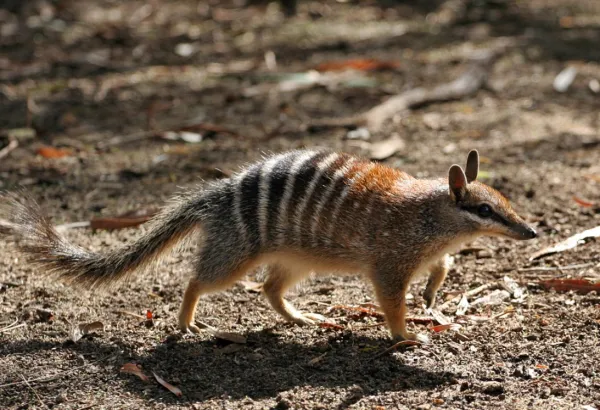
Famous for its smile-like expression, the quokka has earned the nickname "the happiest animal in the world." This small herbivorous marsupial is endemic to certain regions of Australia. However, the surge in popularity on social media has resulted in overexploitation—demand for quokkas in zoos and as exotic pets has increased. In addition, habitat loss, fragmentation, and climate-change-induced droughts have severely impacted their population. The IUCN classifies the quokka as vulnerable, with numbers continuing to decline.
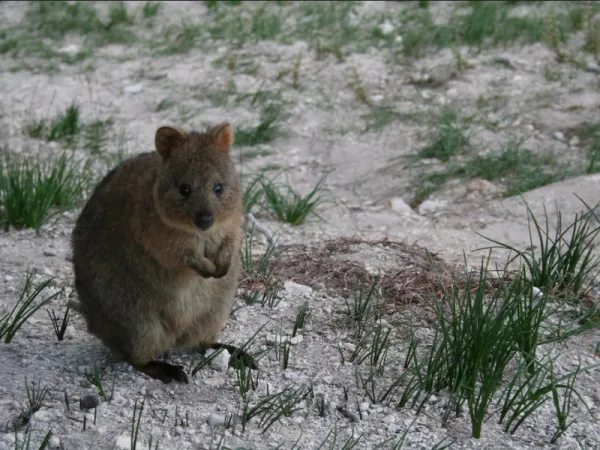
The regent honeyeater is a strikingly colorful and solitary bird found in southeastern Australia's woodlands. It is listed as critically endangered by the IUCN. Key threats include habitat fragmentation, illegal wildlife trade, invasive species, and climate change. Alarmingly, conservationists have noted that the species may be losing its song, as younger males are too isolated to learn mating calls from adults.
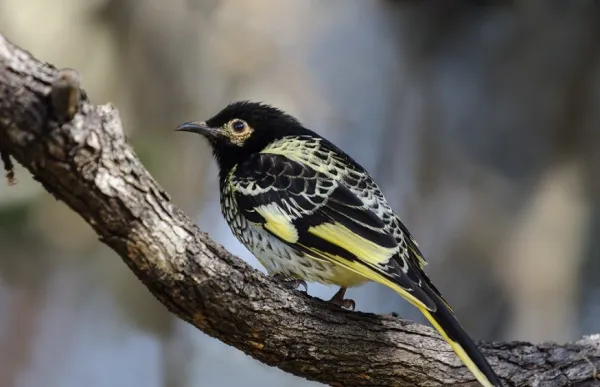
Endemic to Tasmania, the Tasmanian devil is a nocturnal, carnivorous marsupial. Once widespread, its population has dramatically decreased due to illegal hunting, invasive species, and a deadly transmissible cancer known as Devil Facial Tumor Disease (DFTD). It is currently listed as endangered by the IUCN.
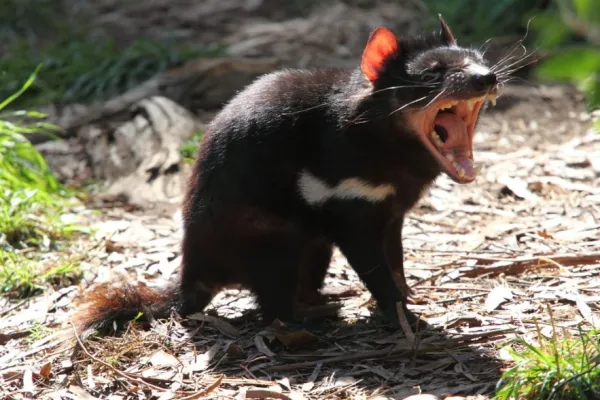
Australia is home to two species of corroboree frogs:
Southern corroboree frog (Pseudophryne corroboree) – Critically endangered
Northern corroboree frog (Pseudophryne pengilleyi) – Endangered
Though they look very similar, these frogs differ in the patterns and sizes of the yellow markings on their backs. Both species are threatened by habitat destruction, pollution, introduced predators, and climate change.
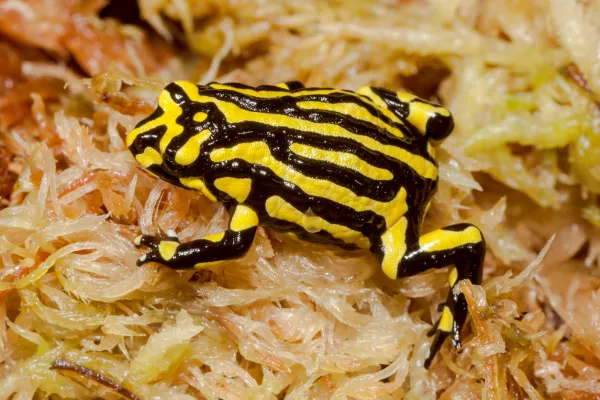
The Australian humpback dolphin lives along the northern coastlines of Australia and southern New Guinea. It is classified as vulnerable by the IUCN. Threats include coastal development, water pollution, bycatch in fishing gear, intentional hunting, and climate change. Their limited coastal range makes them particularly susceptible to environmental changes.
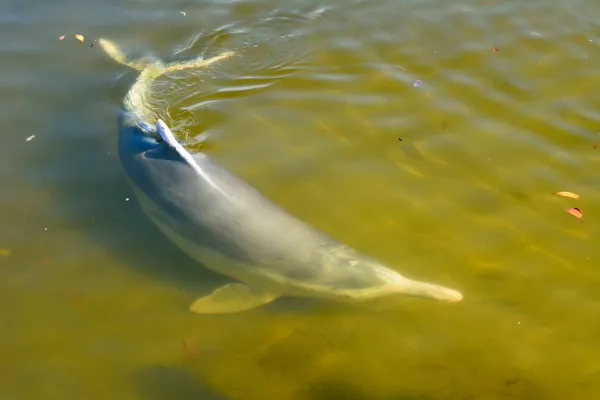
Once thought to be extinct, the pygmy blue-tongue lizard was rediscovered in 1992 in South Australia's Barossa Valley. It lives in abandoned spider burrows in native grasslands. However, agricultural expansion, aquaculture, and pollution continue to threaten this rare species, which is now considered endangered.
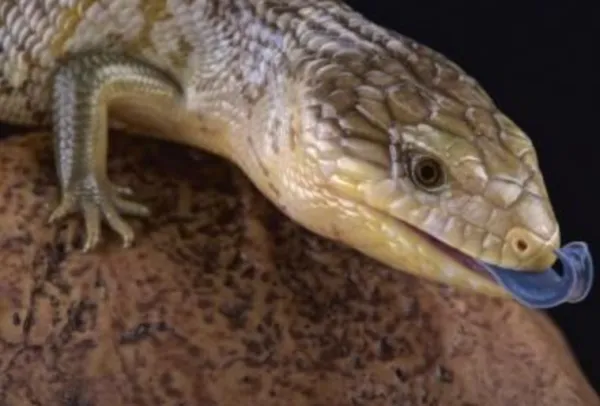
Here’s a list of additional animal species in Australia that are either endangered or vulnerable:
Northern hairy-nosed wombat (Lasiorhinus krefftii)
Koala (Phascolarctos cinereus)
Northern bettong (Bettongia tropica)
Numbat (Myrmecobius fasciatus)
Platypus (Ornithorhynchus anatinus)
Eastern quoll (Dasyurus viverrinus)
Golden bandicoot (Isoodon auratus)
Greater bilby (Macrotis lagotis)
Malleefowl (Leipoa ocellata)
Giant Gippsland earthworm (Megascolides australis)
Swamp crayfish (Tenuibranchiurus glypticus)
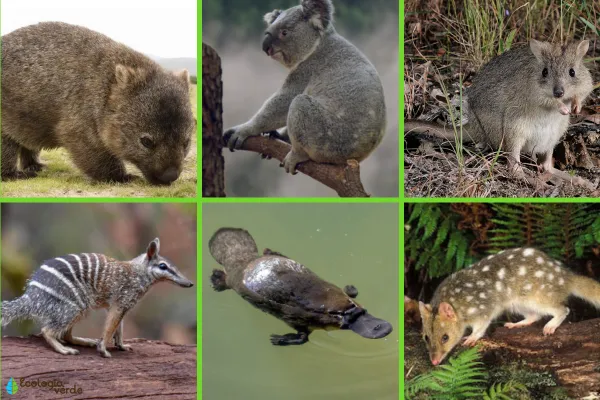
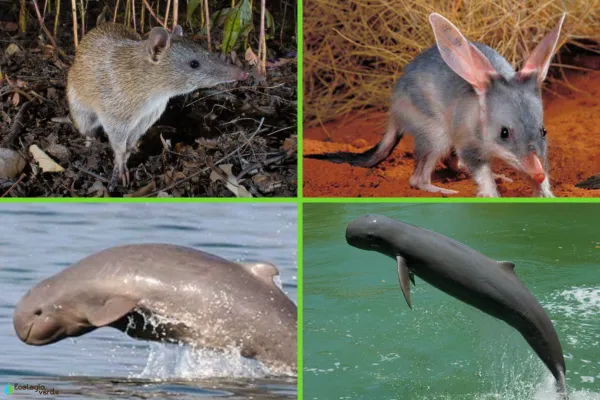
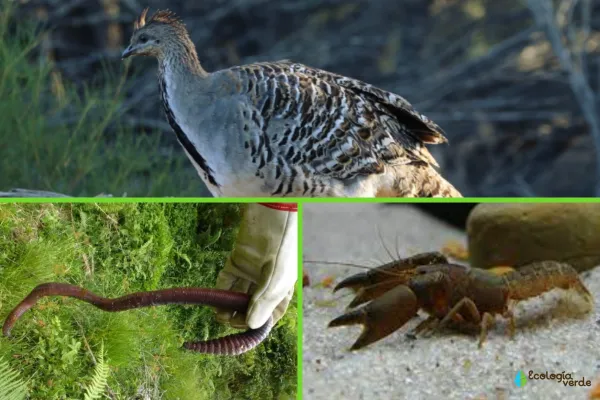
Protecting Australia’s unique biodiversity requires collective action. Here are practical steps you can take:
Reduce your carbon footprint by using public transportation, conserving energy, and supporting renewable energy.
Avoid buying wildlife products, especially those derived from threatened species.
Say no to exotic pet trade—don't keep or support trade in wild animals.
Support NGOs and conservation groups that protect endangered species and their habitats.
Oppose deforestation and habitat destruction by raising awareness or participating in local initiatives.
Report poaching or suspicious wildlife trade activities to authorities.
Avoid introducing invasive species into the wild, as they often disrupt native ecosystems.
Australia’s wildlife is truly one of a kind—but unless we act decisively, many of these species could be lost forever. For more articles on this topic, visit our Endangered Animals category to learn more about protecting Earth’s most vulnerable creatures.
Bibliography
International Union for Conservation of Nature (IUCN) Red Lists. Website: https://www.iucnredlist.org/
animal tags: Endangered Animals in Australia
We created this article in conjunction with AI technology, then made sure it was fact-checked and edited by a Animals Top editor.